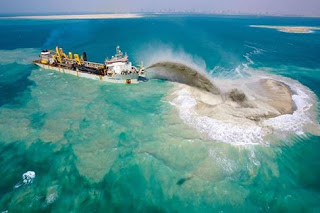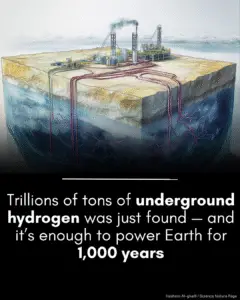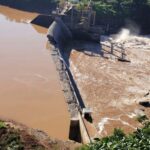Saad Iqbal | 🗓️Modified: August 16, 2015 | ⏳Read Time: 2 min | 👁Post Views: 1194
Dredging is a process that involves the aquatic excavation of water beds to remove sediments, pollutants, shellfish and other materials. The methods and machinery used in dredging vary widely. Most dredging is done by ships that tow a dredge along the water bed. Self standing dredges and dredge pumping stations are used for routine tasks. A dredge, which is the catch all term for the different types of machinery that perform dredging, can cut away sediment, scoop materials out like a back hoe or suction them through a large pipe to be deposited into a ship, barge or other containment system.
Dredging serves four general purposes:
1) Dredging is preformed to create or deepen waterways to allow large ships to pass. Throughout time, waterways become filled with silt and sediment which require fairly general maintenance in order to be efficient. With ever expanding markets, there is also a demand for the creation of new waterways.
2) Dredging is used to catch seafood. This type of dredging involves dragging a metal mesh net along the bottom of the ocean floor or other large body of water to catch animals such as crabs, fish and squid.
3) Dredging is performed in the attempt to remove pollutants and invasive species of plants from a particular body of water, although this practice is controversial. Removing pollutants this way often causes other environmental problems such as the destruction of habitats of important plant and animal species.

















